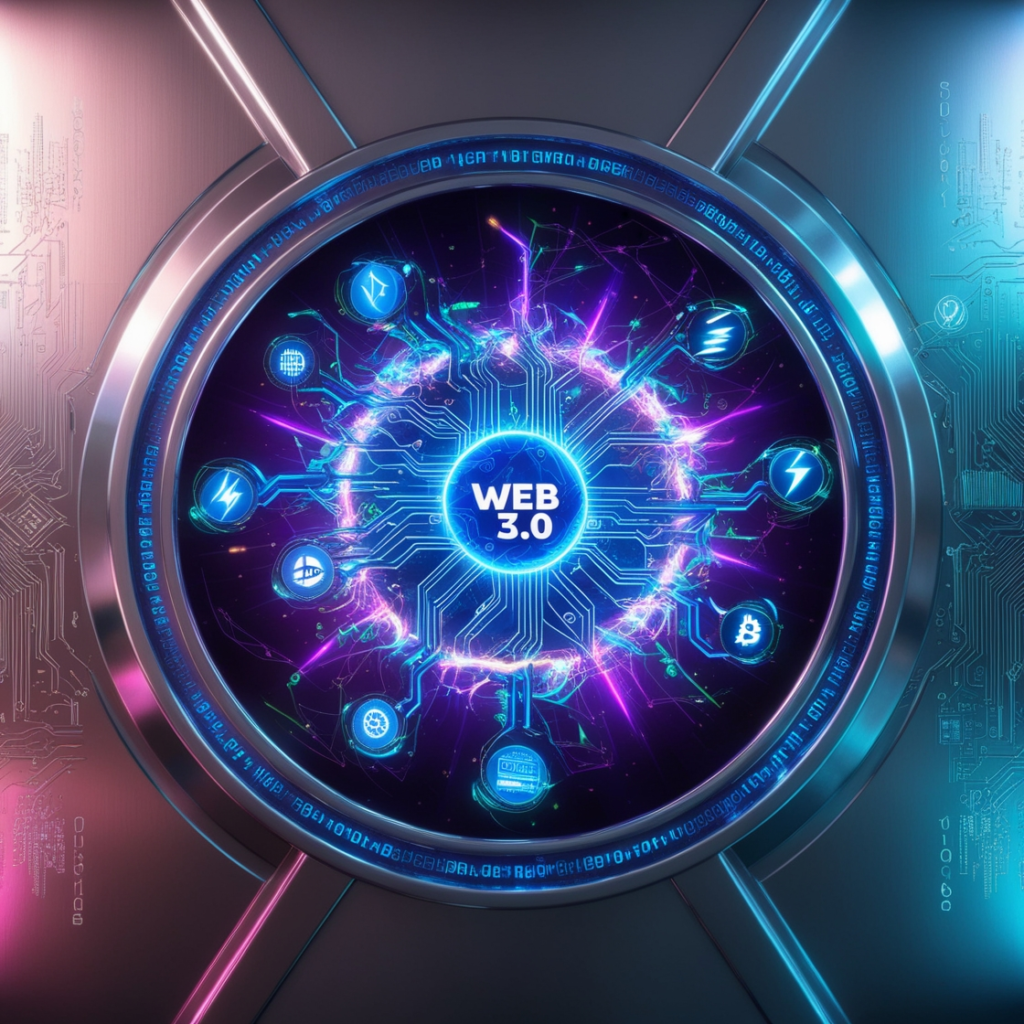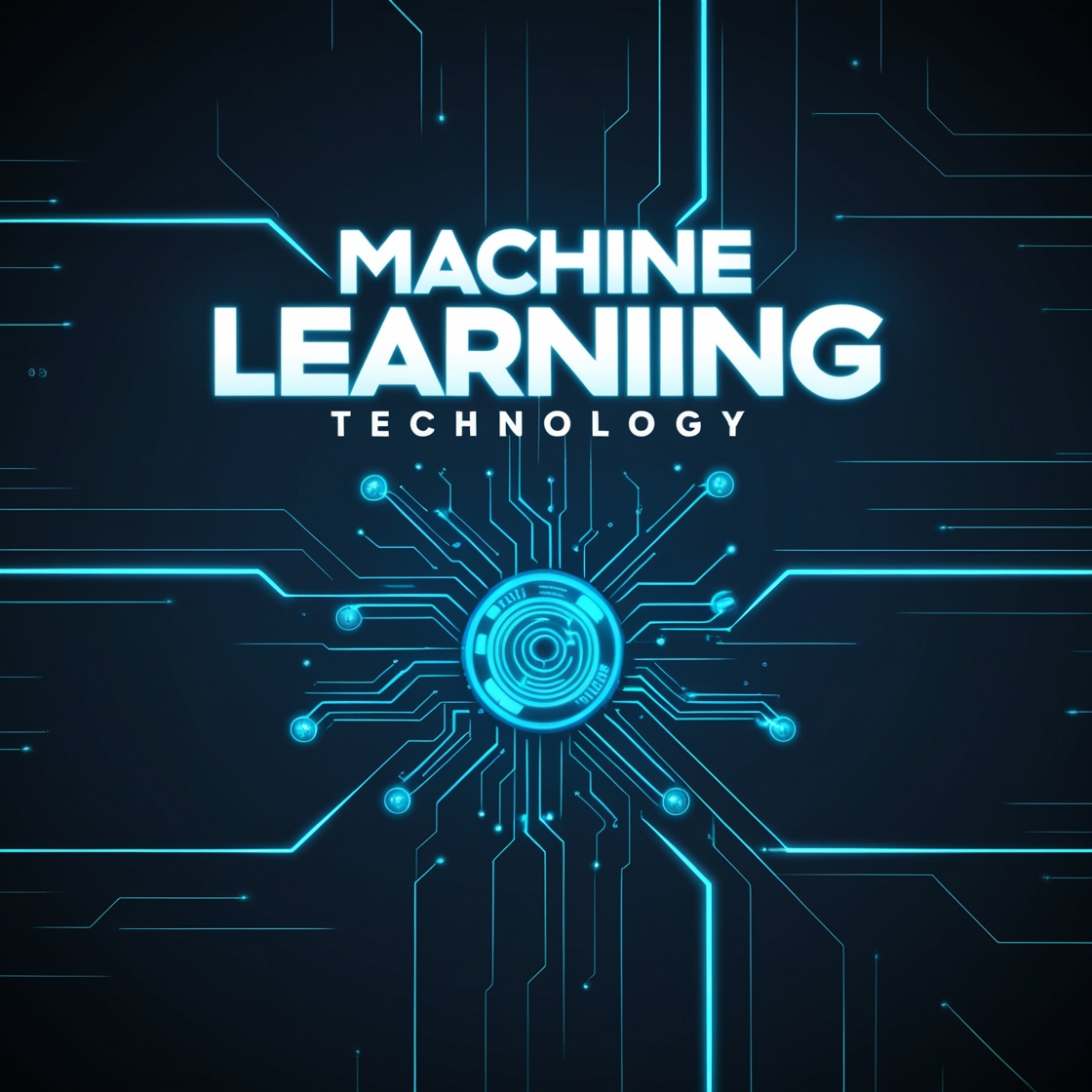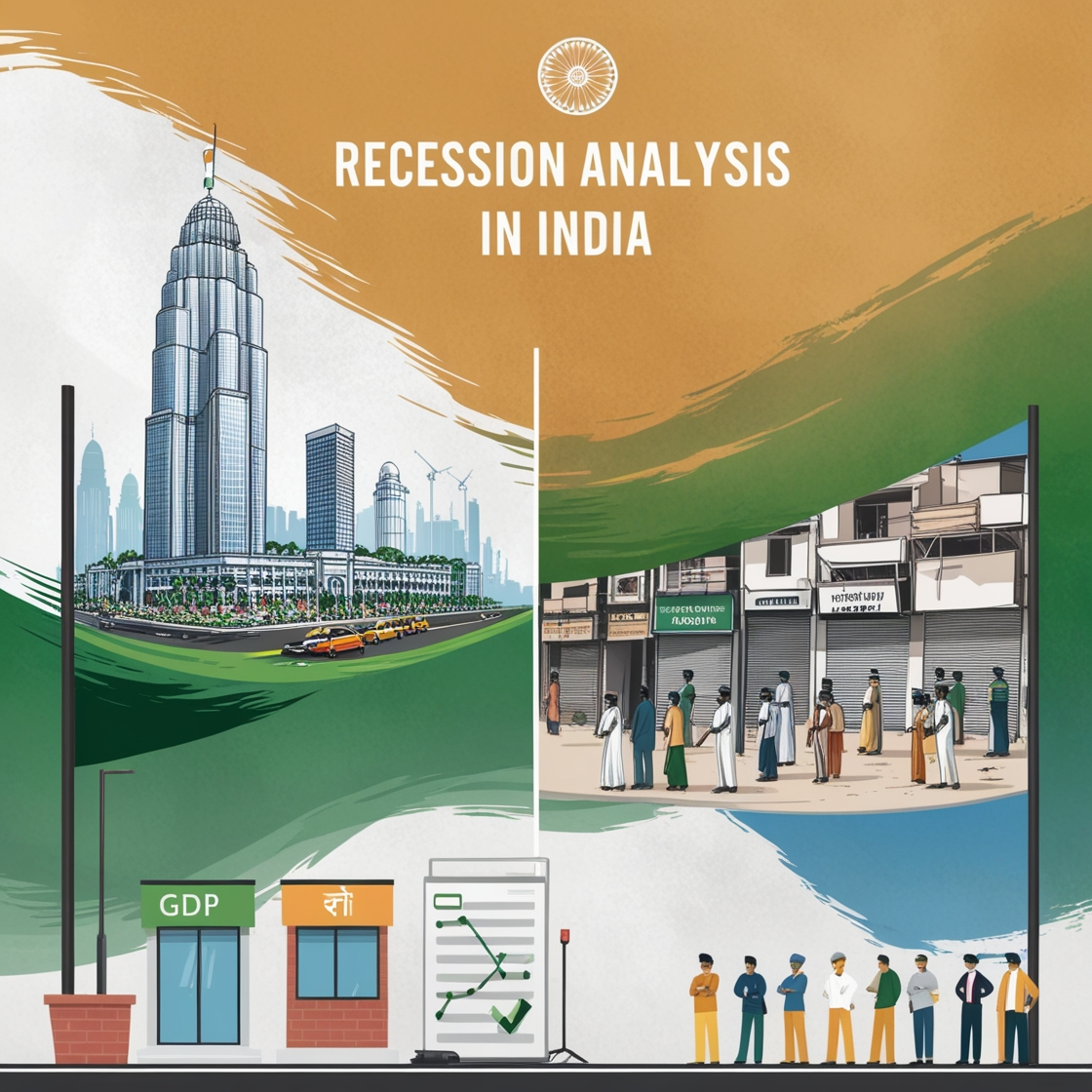Discover how Web 3.0 is changing the Face of Economy with Decentralized Finances, Blockchain Technology and New Business Models In this blogpost discusses what the future holds for modern day internet and economic implications, and how these advancements are reshaping industries, financial systems, and global markets.

Introduction
For us, who seek a fair Web 3.0 world, the evolution of the internet has reached its brink and we need to make sure what lies ahead is one that respects our privacy as users. It has the potential to change everything in this new phase, promising a significant impact on the global economy. Now that we move from the centralized Web 2.0 to the decentralized Web 3.0. It is important to understand what its economic impact can be phase and prepare according to act as a apparent.
Understanding Web 3.0

Web 3.0 – (The Decentralized Web)Powered by the tenets of decentralization, open-source collaboration and user empowerment. By contrast, Web 3.0 does not depend on centralized servers or data storage. It relies upon blockchain technology along with smart contracts and artificial intelligence (AI) to make a more distributed model for the web as well as user-centric internet through IoT( Internet of things).
Economic Impacts of Web 3.0
1.Decentralized Finance.
DeFi (Decentralized Finance): One of the Biggest Innovations in Web 3.0 DeFi platforms provide financial services directly to the users without involving intermediaries like banks or any other such institutions. Highlights are lending, borrowing, trading and earning interests from digital. DeFi is game-changing in multiple ways: more people participating better transparency with blockchain, and higher security because fraud becomes harder.
2.Digital Assets & Tokenization.
Tokenization – Tokenization involves the conversation of real-world digital assets into tokens on blockchain. This innovation has enabled the development and exchange of different forms of digital assets, such as cryptocurrencies along with tokenized real-world assets like pieces of land to be traded on blockchain. In this way, tokenization broadens the universe of investment opportunities for investors worldwide making it accessible even to individuals.
3.New Business Models.
The appeal of Web 3.0 lies in the creation of entirely new business models that were previously unimaginable. This includes Decentralized Autonomous Organizations (DAOs) with no central leadership, run by smart contracts and community voting. Token economies create higher value and incentivize user participation. Peer-to-peer networks enable direct interaction without intermediaries. These models are disrupting industries and dismantling old business paradigms.
4.Socio-Economic Benefits.
If so, Web 3.0 offers hope in extending the benefits of financial inclusion to communities across America who have never had access to traditional banking systems throughout our Nation’s history. Even more importantly, it enables developing regions to participate in the global economy through access to decentralized financial services. Secondly, Web 3.0 also aims to heighten privacy and data ownership rights, giving users control over their personal data archives. Fewer middlemen = cheaper transactions and greater efficiencies across various economic activities.
5.Challenges and Considerations in Web 3.0.
The Web economy has several challenges to overcome despite its promise in the present moment of time. Although an ever-conservative approach by regulatory frameworks creates uncertainty for businesses and investors in the face of the rapid advancements made possible by new technologies on a global scale. The main drawback however is security, as proven by the decentralized networks getting hacked and exploited. Scalability additionally is a tall wall that we need to ensure has an answer so our Web 3.0 technologies can manage popular adoption without giving up some performance along the way.
6.Future Prospects.
With continued growth in the future of the Web 3.0 economy, technological revolutions in blockchain, AI, and IoT will keep driving innovation and the network effect for economic impact. Governments and institutions will play a key role in setting the rules that allow Web 3.0 to be built safely, rather than rushing into high-speed development like building Formula One racing cars. Over time, the development of these technologies will introduce and expand new markets. It will also lead to the restructuring or dissolution of some existing industries as adoption spreads to various sectors.https://m.economictimes.com/markets/cryptocurrency/unlocking-blockchain-and-web-3-0-insights-from-parth-chaturvedi-of-coinswitch-ventures/articleshow/110091901.cms
Conclusion
Web 3.0 is a major transformation of the internet and economy, built on decentralized network-based technologies. This end-user-owned model aims to advance equal financial opportunity, improve data protection, and drive innovation across multiple sectors. By connecting directly to the transitions shaping Web 3.0, ordinary people and businesses can find their place among innovators at this new World Expo. They can participate equally as catalysts or components of change, supported by others during its adoption wars before it’s too late.

Future trends in IoT Technology

How Machine Learning Technology Evolved

Focus on Specific Aspects of the Recession :
AI Search Revolution in India: Google’s Impact on User Experience




Leave a Reply
You must be logged in to post a comment.